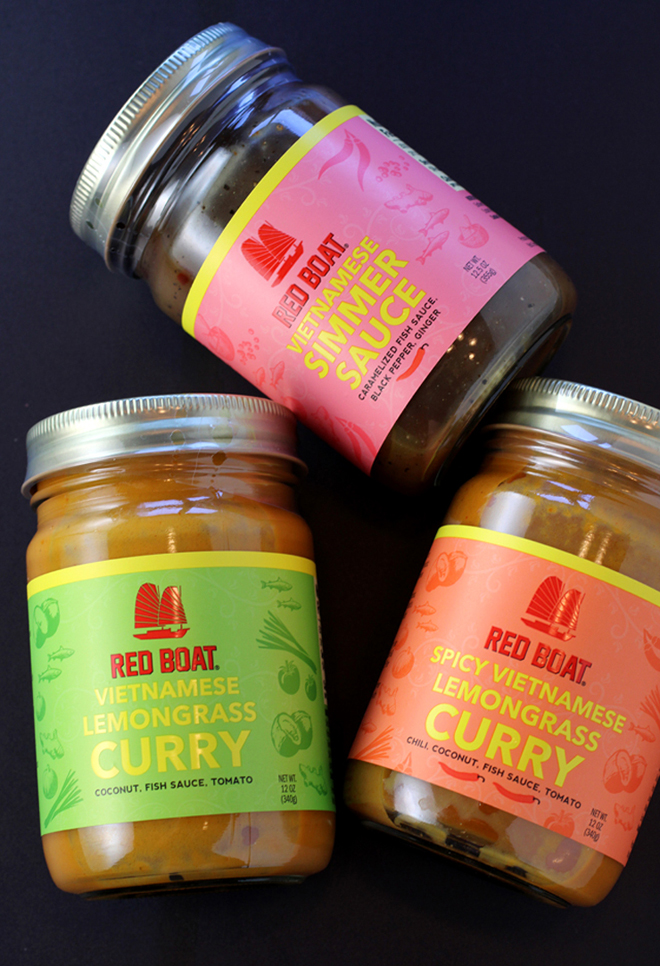Lamb-Spice Lamb Chops That Are Kismet

Dare I say that smoky, juicy, and flavorfully spiced little lamb rib chops are your destiny?
They definitely are if you follow this recipe from the new “Kismet” cookbook (Clarkson Potter), of which I received a review copy.
“Lamb-Spice Lamb Chops” is one of more than 100 mouthwatering recipes in this book by the chef-owners of Los Angeles restaurants, Kismet and Kismet Rotisserie. Sara Kramer and Sarah Hymanson were named among the “Best New Chefs” in 2017 by Food & Wine magazine.

You have to love a cookbook that states from the get-go: “Yes, we’re restaurant chefs. No, this isn’t a restaurant book. Why? Because we want you to actually cook these recipes.”
Read more






